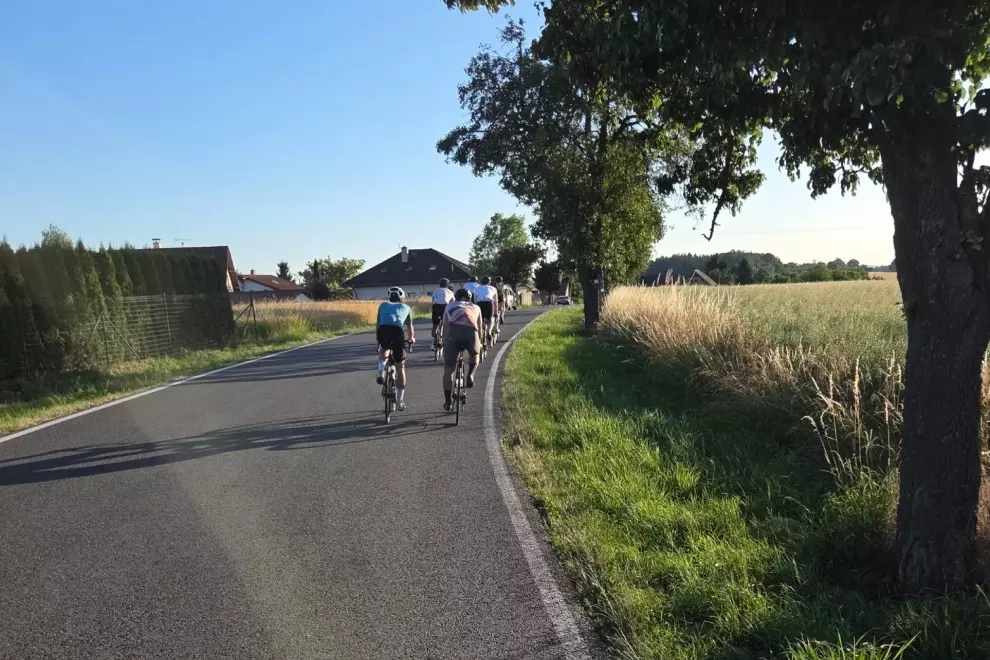If you ever find yourself wandering the aisles of the Nobel Prize Museum in Stockholm, Sweden, make sure to look for an old, ordinary-looking bicycle hanging on one of the museum’s walls. But make no mistake – this piece is not ordinary at all. In fact, it once drove its owner straight to a destination called the Nobel Prize.
In 1998, Amartya Sen, a prominent Indian economist, conducted research into inequality, poverty and welfare management in the West Indian regions. As an integral part of the study, Sen examined the living conditions of local children. More specifically, he studied the differences between baby boys and baby girls. A research assistant was ordered to visit the families in West Bengal and weigh the kids but then an unfortunate event occurred.
We’re pretty sure that no child is a particular fan of regular visits to the doctor. As it turned out, the children in the research shared this negative sentiment and resolved to do something about their discontent. Their chosen act of defiance happened to be biting the poor research assistant. You may deem this a funny story but, in reality, it almost led to a failure of the whole study. Following this event, the research team refused to collect any more data in the field or leave the university campus.
Luckily, Mr Sen knew that great research demands the scientist to do what it takes and so he jumped on his bicycle and embarked on a journey, pedalling throughout the Indian countryside, weighing the children himself. He later used the findings in designing the Human Development Index, a tool to assess the development of a country measuring not only its economic growth but also its people and their capabilities and possibilities.
In 1998, the same year of the research, Amartya Sen received a Nobel Prize for his studies of social choice, welfare measurement and poverty research, and the bicycle got its recognition in the Nobel Prize Museum. Seems like a good compensation for the high-risk, finger-biting working environment to us.




